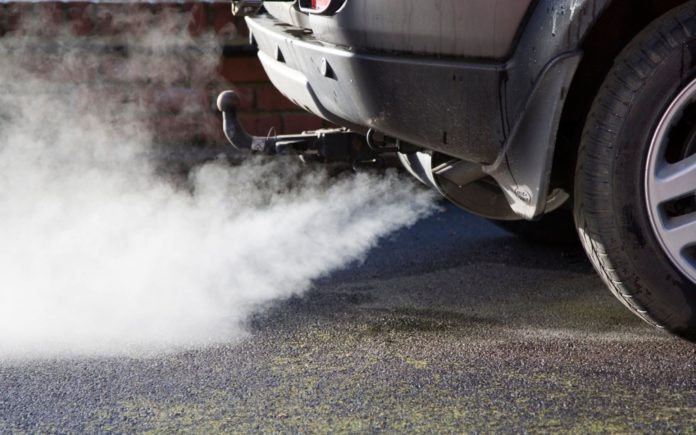An increase of air pollutants linked to medical maladies, including cardiovascular disease, respiratory issues, and even lung cancer. To find an effective solution over it, engineers at the Washington University recently discovered a simple shift can reduce in-car pollution.
Anna Leavey, a research scientist at the Washington University in St. Louis School of Engineering and Applied Science said, “Traffic generates a lot of in-car pollution, and therefore it’s the time when you’re traveling in traffic that you can have a disproportionately high amount of your daily exposure to many harmful pollutants.”
“What we wanted to see was: When and where are our highest exposures occurring, and how should one be driving to mitigate the risk?”
To monitor and measure the pollutant levels of their car’s indoor cabin air, scientists used portable instruments and sensors. They gave them rare, real-world look at pollutant exposure.
Nathan Reed, a PhD candidate said, “As aerosol scientists, we had access to state-of-the-art air monitoring equipment. Once we began measuring inside and outside of the car, and started getting numbers back, we were able to confirm our hypothesis that by controlling our car’s ventilation we could mitigate some pollutant risk.”
By doing this, they were able to test a number of variables while driving to and from. They then used a dashcam to identify pollutant concentration each time they were: stuck behind a bus or truck, amid traffic on a freeway, stopped at a red light, or driving past restaurants or construction work.
They also used different ventilation settings inside their cars.
After crunching all the data, scientists focused in on the best way to deal with cutting your danger of contamination introduction while out on the drive. They found that using the AC reduced in-car pollution by 20-34 percent.
Reed said, “We found a significant difference between running the fan versus running the AC. The AC is pulling outside air, running through the same filter with the same ventilation path as the fan. But there’s one difference: when the AC is operating: You have a cold evaporator that is cooling the air as it passes.”
“This cold surface attracts the pollutant particles, and they deposit there, as opposed to diffusing it into the air you’re breathing.”
When windows were closed, the particle concentration in the outdoor air was 3 times higher than the indoor air. During such instance, carbon dioxide concentrations were measured during 75 percent of the journeys made with the AC on.
Read: Study Finds Most Ocean Pollution Comes From Asian Rivers
Professor Pratim Biswas said, “The study can offer insights and provide mechanistic insights. While some results are obvious, certain other findings are not, but more importantly accurate scientific data is essential to back up our results and conclusions. It also indicates that newer cabin filtration or air cleaning techniques are much the need of the day, especially for urban commuters.”
Means, closing windows can offer a protective boost, anywhere from 8-44 percent after all factors were taken into account.
